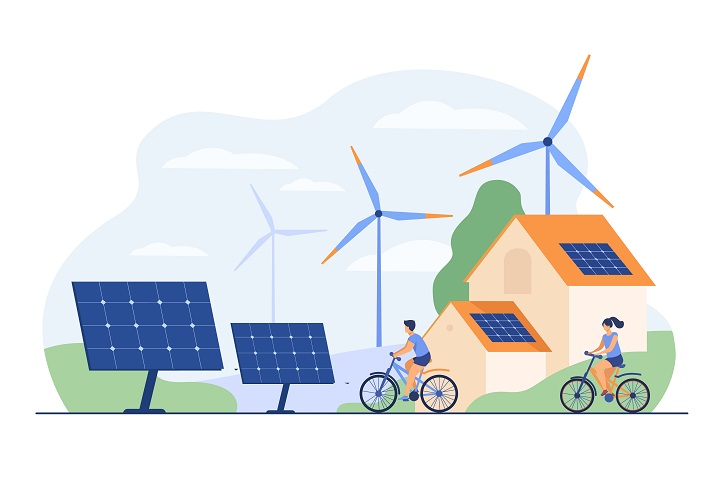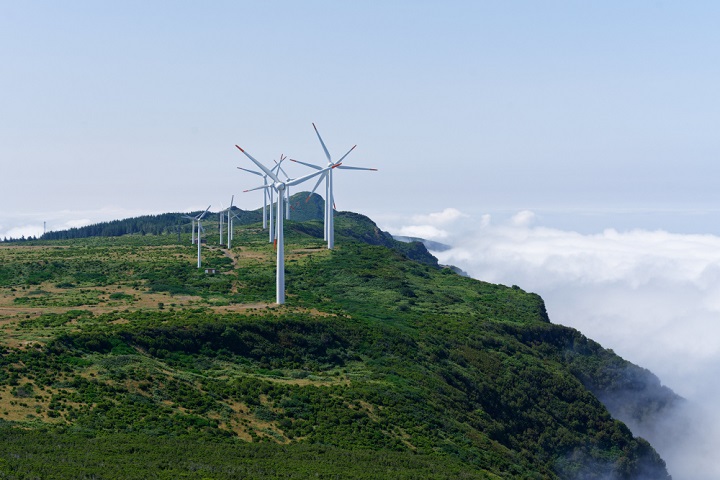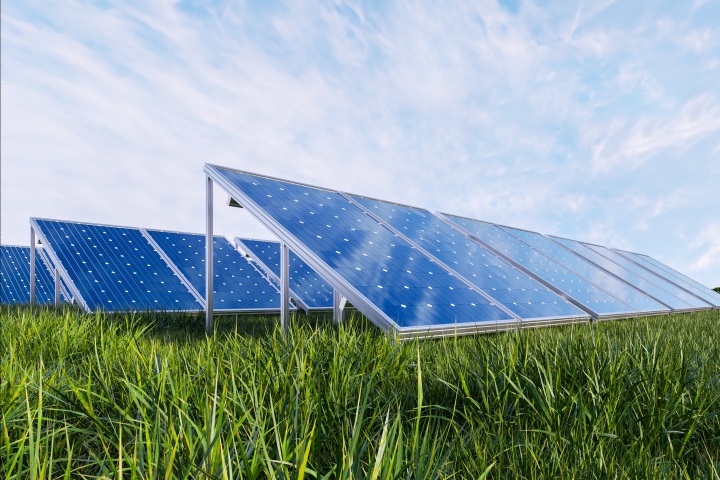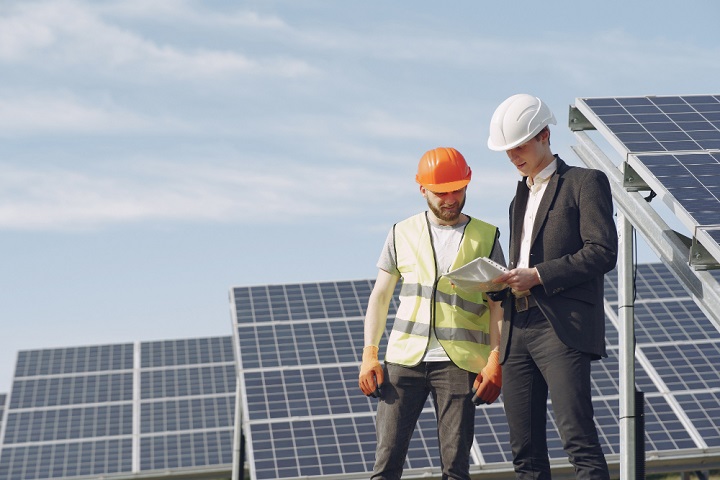
That said, it should be noted that some energies are both renewable and clean, and in the words of the World Bank, the challenge for humanity lies in “developing advanced methodologies and technologies to manage the variability introduced by some renewable sources and ensure reliable electricity supply, even in adverse conditions of lack of wind or sunshine”.
The World Bank is currently supporting Central American countries by promoting the use of state-of-the-art technologies, for example, for weather forecasting to anticipate the variability of sun and wind in solar and wind energy systems. In general, one of the central ideas – in addition to caring for the environment – is to reduce exposure to oil price volatility and droughts when producing electricity.
In 2020, in the midst of the onslaught of Covid-19, some important events took place in the field of energy. According to the article published in El País, entitled The rise of clean energy in times of pandemic, “fossil fuels faltered and renewable energies reached new dimensions; the electric vehicle market grew by one third and investments in energy transition exceeded half a trillion dollars, with a 9% year-on-year growth”.

In the midst of the crisis, according to the International Energy Agency (IEA), “renewable energy generation soared 7% and solar and wind installations exceeded 200 gigawatts (GW) for the first time,” while the oil and gas industry had one of its worst years ever.
It is no secret that the traditional energy sector faced many difficulties in retaining investors. At the same time, four clean energy companies took center stage and became the new global benchmarks: NextEra, Enel, Iberdrola and Orsted, whose market capitalization surpassed that of the oil companies.
In terms of cost, wind and solar energy are the cheapest to obtain. In that sense, the must is that emerging and developing economies have the capacity to achieve a successful transition to cleaner energy systems. To this end, global efforts must be directed to mobilize and channel the increase in investment that is needed, as expressed in one of the most recent reports prepared by the International Energy Agency (IEA).
The report “Financing Clean Energy Transitions in Emerging and Developing Economies” specifies a series of actions that countries must take to overcome the major obstacles they face in attracting financing to build clean, modern and resilient energy systems.

It should be noted that the gap between advanced economies and developing countries is widening as many do not have access to the funds needed to make a rapid transition to a healthier and more prosperous energy future. In this regard, the executive director of the IEA, Fatih Birol, explains that in many emerging and developing economies, investments in clean energy are faltering, creating a dangerous dividing line in global efforts to achieve climate and sustainable energy goals.
The report calls for a focus on, among other things, “laying the groundwork for scaling up low-carbon fuels and the industrial infrastructure needed to rapidly decarbonize growing and urbanizing economies.” It also calls for strengthening sustainable financial frameworks, addressing barriers to foreign investment, easing licensing and land acquisition procedures, and reversing policies that distort local energy markets.
Similarly, the report places special emphasis on remembering that clean energy investments and activities can generate substantial economic opportunities and jobs in industries that are expected to thrive in the coming decades as energy transitions accelerate. Such transitions must be inclusive and build equitable and sustainable models for universal access to modern energy.

The role played by governments around the world is fundamental, as they must facilitate the rise of private sector investment in clean energy in order to successfully achieve the goal of “zero net emissions”, a target proposed by developed countries for the year 2050.
Clean technologies are more cost competitive. In this regard, during the first quarter of 2021, green investment funds received $178 billion. However, to achieve net zero emissions, much more effort is needed, requiring an investment of approximately $35 trillion over the next ten years. This amount is equivalent to 1/3 of the current assets of the global fund management industry.
An indication that steps in South America towards the implementation of renewable energies are beginning to be taken with certainty is the inauguration on June 9 of a new solar installation in Chile, a country that has set itself the target of reaching a 70% share of renewable energy by 2030. This solar power plant is the largest in Latin America and the Caribbean, and will provide energy 24 hours a day thanks to thermal energy storage, capable of avoiding the emission of about 640,000 tons of CO2 per year.
In conclusion, experts agree on the need for countries to: 1) Ensure that governments are strong enough to encourage the construction of infrastructure and promote research and sustainable development; 2) Create the right conditions to achieve an increase in private investment, either by relaxing planning rules and/or helping companies and investors to face the risks, so that they can invest in clean energy safely and everyone will be able to experience the benefits of a world driven -mostly- by clean energy and people aware of the importance of preserving the environment.

IC INTERNATIONAL GROUP
Copyright © 2024. Todos los derechos reservados
to save your favourite homes and more
Log in with emailDon't have an account? Sign up
Enter your email address and we will send you a link to change your password.
to save your favourite homes and more
Sign up with emailAlready have an account? Log in